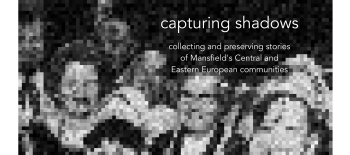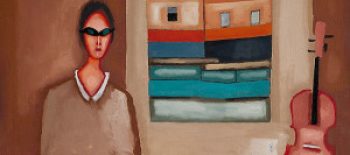She was recognized as one of the greatest scientists of all time by the British weekly New Scientist. At the beginning of the 20th century, Maria Skłodowska-Curie was the only woman invited to participate in the Solvay Conferences, which gathered the most eminent physicists and chemists of their time – including celebrities such as Albert Einstein or Max Planck. She was friends with Einstein and several times went hiking with him in the Swiss Alps. ‘Marie Curie is, of all celebrated beings, the only one whom fame has not corrupted’, he would later remark.
She was born in Warsaw in 1867. At that time, in Poland, which was then partitioned between Russia, Prussia and Austria , women were not allowed to study. The only chance to make her scientific dreams come true was a costly move to Paris. She therefore made a contract with her older sister: Bronislawa went first to study in Paris, while Maria worked as a governess to support her financially. Later, they switched roles, which allowed Maria to start her education at the Sorbonne. There she studied mathematics and physics; in the latter subject, she was the first woman graduate in the Sorbonne’s history. She gained recognition in academic circles and opportunities to work with the best scientists. In Paris, she also met her future husband – Pierre Curie. They went cycling on their honeymoon, breaking the conventions of the era.
Together with Pierre and Henri Becquerel, in 1903 she won the Nobel Prize in Physics for her research on the phenomenon of radioactivity discovered by Becquerel. She received a second prize in 1911 in chemistry for discovering the new elements polonium (Po) and radium (Ra), isolating pure radium and studying the chemical properties of radioactive elements. Her discoveries have become a breakthrough in the fight against cancer.
Maria was the first female professor at the Sorbonne. She believed that the pedagogical methods used at the time did not serve child development, so together with her friends she established a school for faculty children with classes held in the Sorbonne building. During World War I, she became one of the first women to obtain a driving license so she could help soldiers at the front. She constructed special miniature X-ray machines for use in field hospitals, delivering them personally with her daughter and military doctors. By allowing the rapid and precise identification of shell and bullet fragments, these X-ray images saved thousands of soldiers from have their arms or legs amputated.
She died in 1934 of leukemia, caused by prolonged radiation exposure during her research. She rests in the Paris Pantheon as the first and only woman honoured in this way for scientific achievement. She is also the only non-French woman to be buried there.



